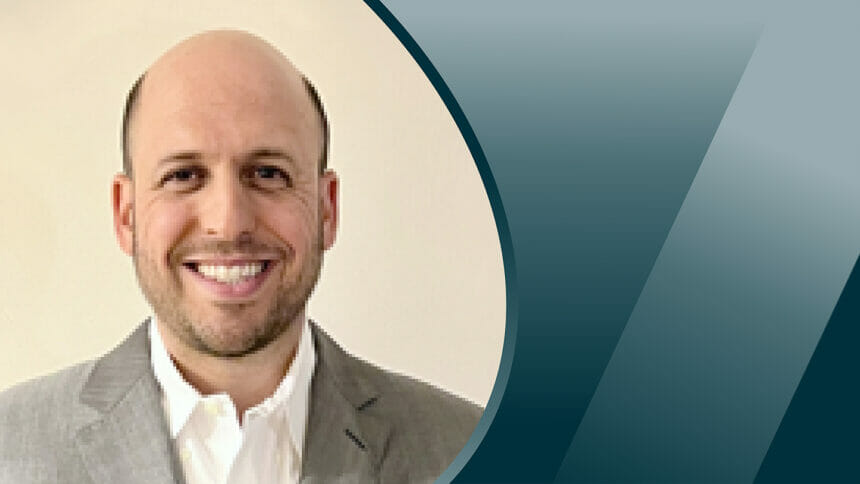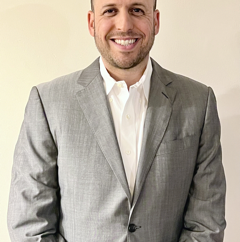
If the COVID-19 pandemic impressed on the general population for the first time just how deadly infections can be in long-term care settings, veterans of the industry likely weren’t surprised.
Naturally, no one knows better than front-line staff that even comparatively mild illnesses can inflict severe complications or death on these vulnerable adults.
But recognizing the danger doesn’t make it easy to prevent.
Long-term care facilities face millions of serious infections every year, and since 2010, infection rates have shot from the eighth most common reason for nursing homes to be cited by regulators to the top spot. Four in ten nursing homes that receive the federal government’s highest quality rating of five stars have nevertheless been cited for an infection control violation.
There is no silver bullet for this problem — some spread of disease in congregate settings is probably inevitable — but how we clean and disinfect is among the most important tools facility managers have. Getting this right can mean the difference between health and illness, life and death for residents.
It’s important to note that the most effective approach to disinfection is to do so after a surface has been cleaned. That’s because cleaners are designed to remove visible dirt and grime, while disinfectants kill microorganisms. If a surface hasn’t been cleaned first, the effectiveness of the disinfectant is diluted by what the cleaner would have removed. Setting a two-step approach to cleaning and disinfection is an easy way to make a facility safer for residents.
But managers of long-term care facilities should go further. They can start by looking for safer, more sustainable products. At first glance, this may seem counterintuitive. Most people are used to thinking of “sustainable” cleaning and disinfection products as simply less potent versions of what they already use. That would seem to make nursing home residents less safe, not more.
But thanks to innovations in the field, sustainability and non-toxicity don’t have to come at the cost of effectiveness.
Take electrolyzed water. Running an electric current through a combination of salt and water creates two solutions: sodium hydroxide and hypochlorous acid. The first is a natural, multi-purpose and heavy-duty cleaner and degreaser; the second is a hospital-grade disinfectant (hypochlorous acid) that won’t harm human beings or the environment. In fact, hypochlorous acid is the same substance our bodies use to fight infection and can even be safely ingested. The safety of these products is especially important in long-term care facilities, where residents may be at higher risk for accidentally ingesting chemicals — last year, one resident died, and two more were hospitalized due to this very concern.
The health concerns associated with using common cleaning and disinfection products impact more than just residents in long-term care — they affect facility staff as well. These chemicals contain harmful chemicals like volatile organic compounds (VOCs) — linked to liver and kidney damage, central nervous system damage, and more — or common toxic allergens like ammonia.
VOCs also evaporate easily at room temperature, meaning they easily damage indoor air quality, worsen outdoor smog, and hinder the development of the tropospheric ozone. Other chemicals enter the environment through streams and rivers. They can survive for long periods of time and even enter the food chain. Plus, unlike electrolyzed water — which any facility can produce onsite — they usually come in the kind of single-use plastic bottles that are killing millions of animals every year.
Yet electrolyzed water’s clear advantages in safety and sustainability come at no cost to its potency. The disinfectant, for example, is 80-120 times stronger than bleach and swiftly kills some of the most common pathogens in nursing homes, including COVID-19 and norovirus, which is currently running a nationwide infection rate at a 12-month high, according to the CDC.
Clearly, these are not yesterday’s green products; actually, just the opposite — for the long-term care industry, electrolyzed water may just be the cleaning and disinfection solution of the future.
Joshua Schwartz is the president of Viking Pure Solutions.
The opinions expressed in McKnight’s Long-Term Care News guest submissions are the author’s and are not necessarily those of McKnight’s Long-Term Care News or its editors.





